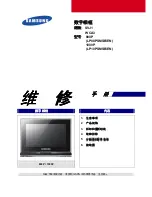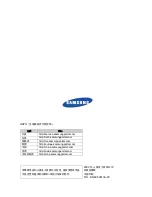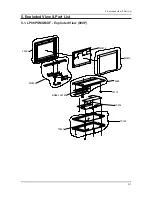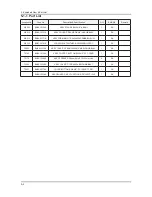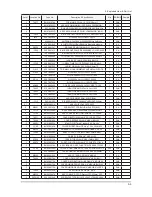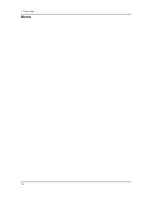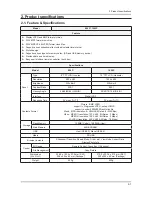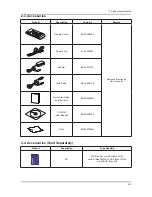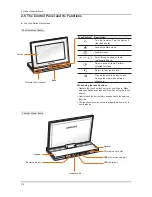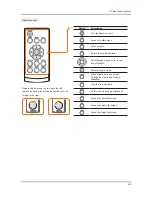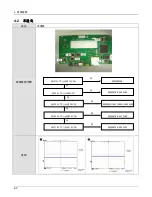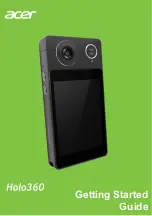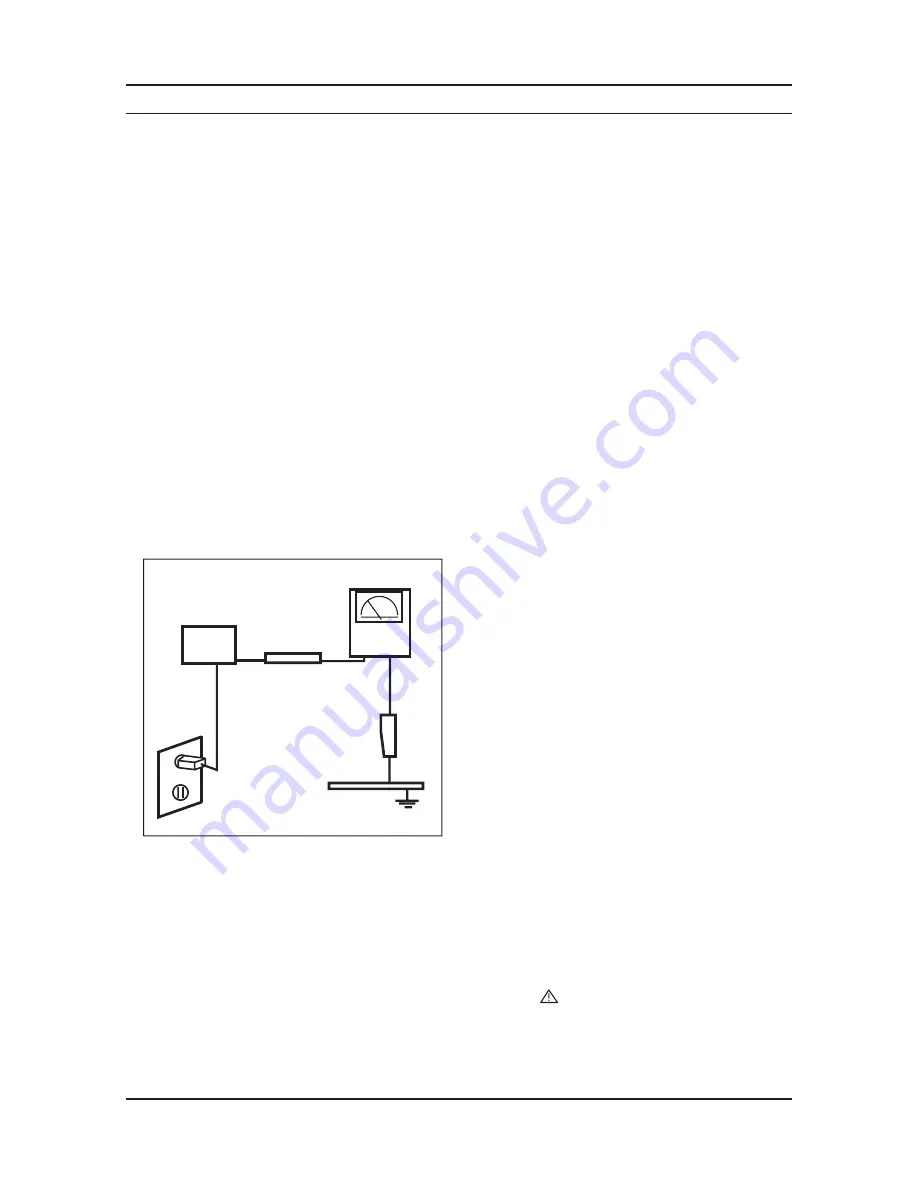
1-1
1. Precautions
1. Precautions
1-1. Safety Precautions
Follow these safety, servicing and ESD precautions to prevent damage and to protect against potential hazards such as
electrical shock.
1-1-1. Warnings
For continued safety, do not attempt to modify the circuit board.
1.
Disconnect the AC power and DC power jack before servicing.
2.
1-1-2. Servicing the LCD Monitor
When servicing the LCD Monitor, Disconnect the AC line cord from the AC outlet.
1.
It is essential that service technicians have an accurate voltage meter available at all times. Check the calibration of
2.
this meter periodically.
1-1-3. Fire and Shock Hazard
Before returning the monitor to the user, perform the following safety checks:
Inspect each lead dress to make certain that the leads are not pinched or that hardware is not lodged between the
1.
chassis and other metal parts in the monitor.
Inspect all protective devices such as nonmetallic control knobs, insulating materials, cabinet backs, adjustment and
2.
compartment covers or shields, isolation resistorcapacitor networks, mechanical insulators, etc.
Leakage Current Hot Check (Figure 1-1):
3.
WARNING
: Do not use an isolation transformer during this test.
Use a leakage current tester or a metering system that complies with American National Standards Institute (ANSI
C101.1, Leakage Current for Appliances), and Underwriters Laboratories (UL Publication UL1410, 59.7).
With the unit completely reassembled, plug the AC line cord directly into a 120V AC outlet. With the unit’s AC switch
4.
first in the ON position and then OFF, measure the current between a known earth ground (metal water pipe, conduit,
etc.) and all exposed metal parts, including: metal cabinets, screwheads and control shafts.
The current measured should not exceed 0.5 milliamp.
Reverse the power-plug prongs in the AC outlet and repeat the test.
1-1-4. Product Safety Notices
Some electrical and mechanical parts have special safetyrelated characteristics which are often not evident from visual
inspection. The protection they give may not be obtained by replacing them with components rated for higher voltage,
wattage, etc. Parts that have special safety characteristics are identified by
on schematics and parts lists. A substitute
replacement that does not have the same safety characteristics as the recommended replacement part might create
shock, fire and/or other hazards. Product safety is under review continuously and new instructions are issued whenever
appropriate.
DEVICE
UNDER
TEST
(READING SHOULD)
NOT BE ABOVE 0.5mA
LEAKAGE
CURRENT
TESTER
TEST ALL
EXPOSED METAL
SURFACES
2-WIRE CORD
*ALSO TEST WITH
PLUG REVERSED
(USING AC ADAPTER
PLUG AS REQUIRED)
EARTH
GROUND
Figure 1-1. Leakage Current Test Circuit
Summary of Contents for 1000P
Page 1: ... ...
Page 3: ... _ abcdef gh gh gh gh fi fi fi fi jk lk mn op g qp r sp t uvw xyz y t 8 g g vw xyz y g ...
Page 4: ... 0123456789 AB CDEF GH IJ 89KLMN OP OP OP OP OP Q OP Q OP Q OP Q RS RS RS RS T234567U VW XYZ ...
Page 5: ... OP OP OP OP OP Q OP Q OP Q OP Q RS RS RS RS _ a J bJcd6 eRS fgZ TbJ V hijk 6 eRS lZm V I ...
Page 15: ...1 4 1 Precautions Memo ...
Page 22: ... ...
Page 23: ... ...
Page 24: ... 01 2 ...
Page 25: ... 34 2 ...
Page 26: ... 01 23 45 56 ...
Page 29: ... G W T G óHIJK S Y opñò 0 Á Ò ...
Page 30: ... 1 D óHIJK 2 0 Ý123 0P E G 4 D56 O Ôrz2á78 ...
Page 31: ... ...
Page 32: ...6 1 6 Wiring Diagram 6 Wiring Diagram 6 1 Wiring Diagram ...
Page 35: ...6 4 6 Wiring Diagram Memo ...

